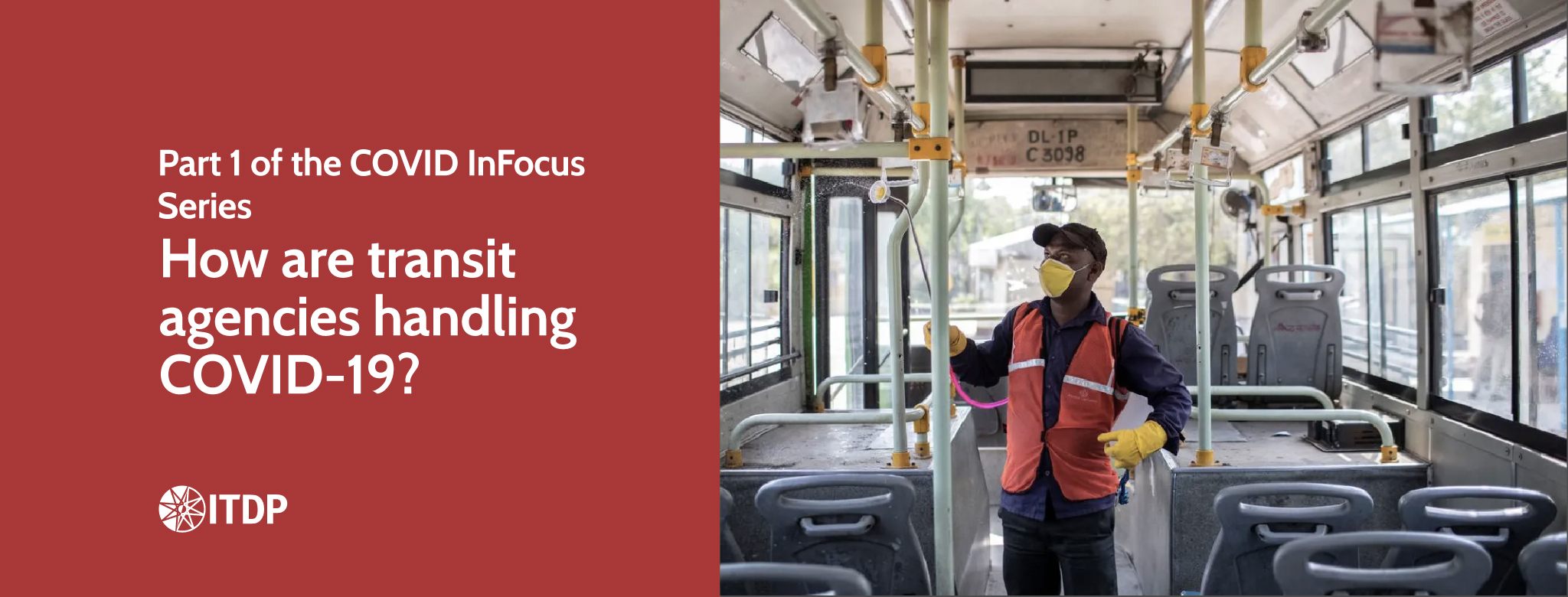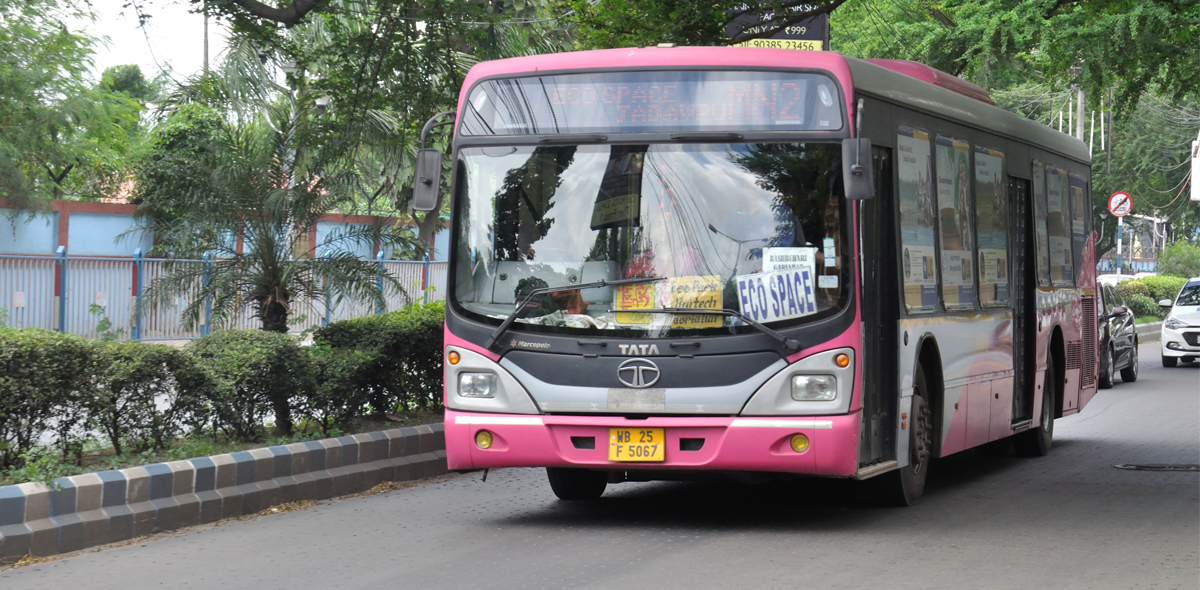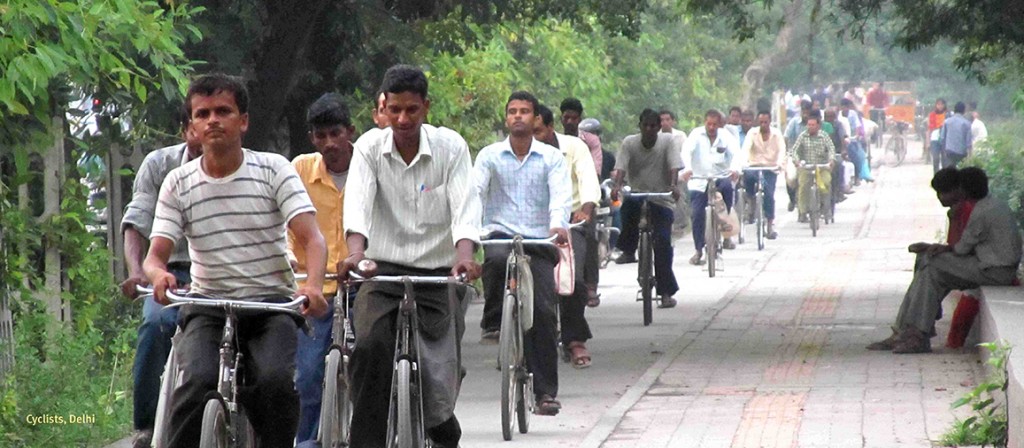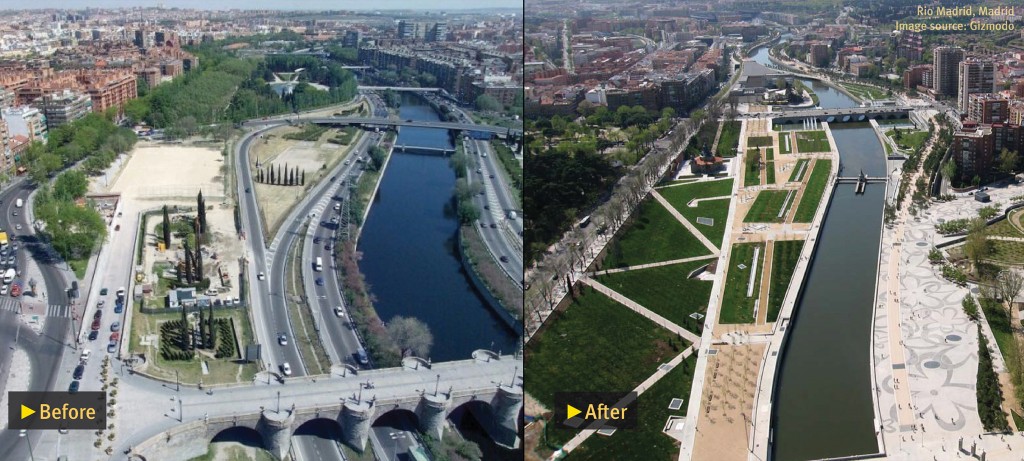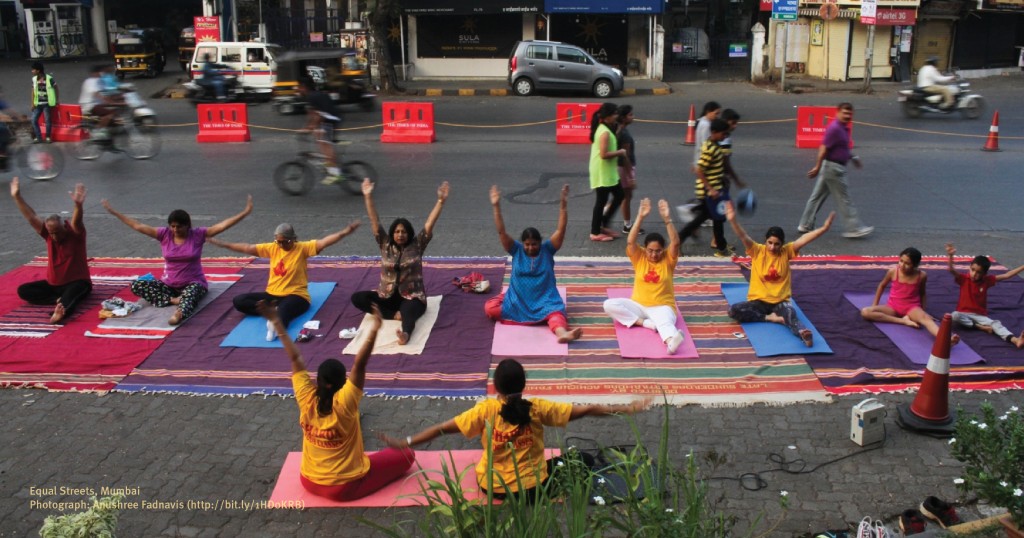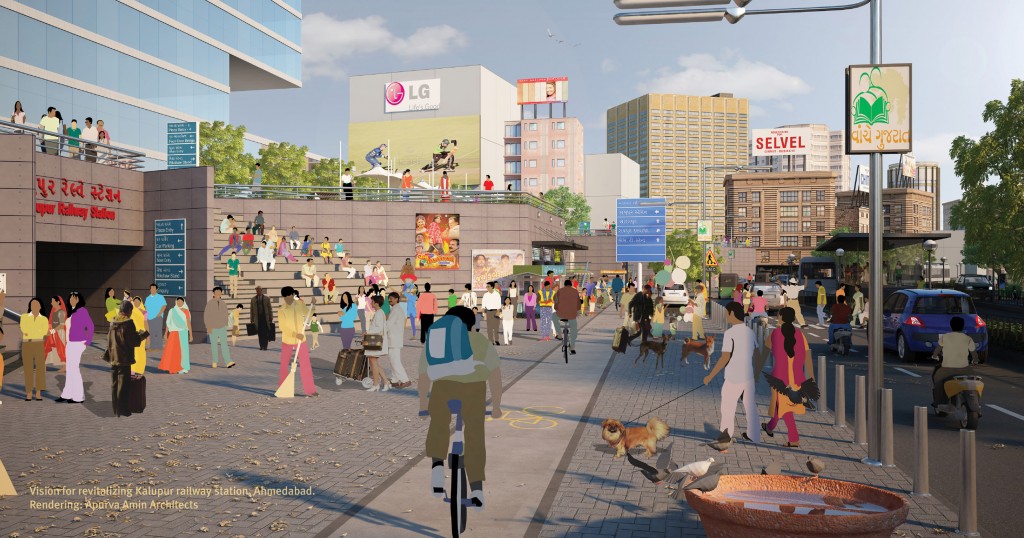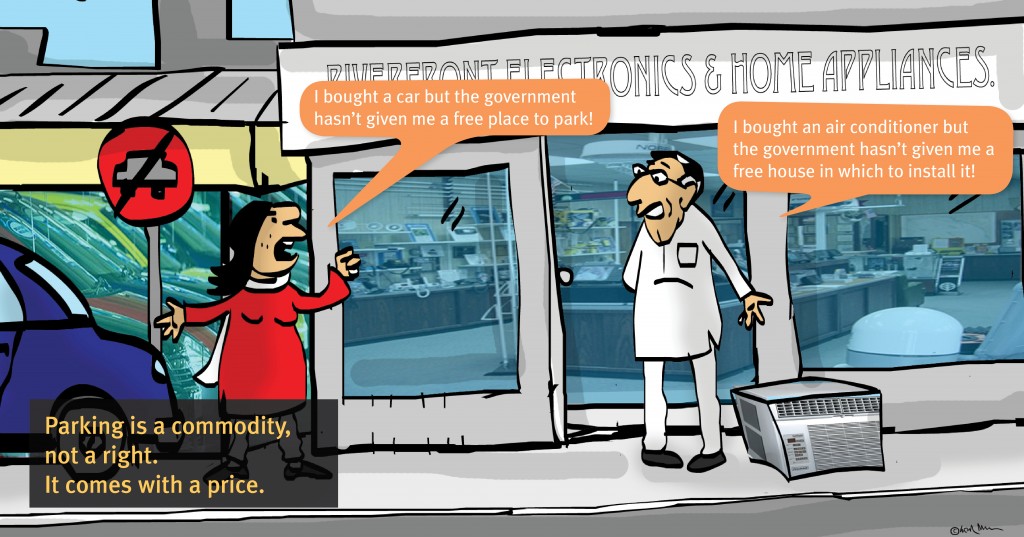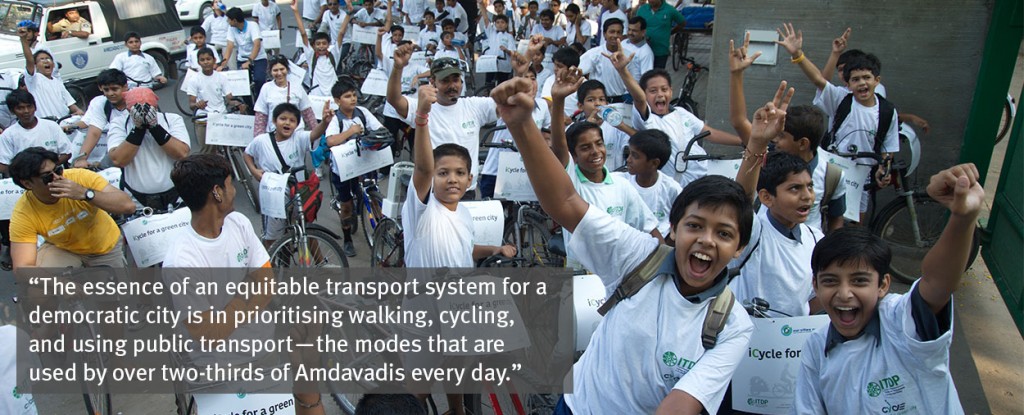The COVID-19 pandemic has brought most countries around the world to a halt, resulting in the suspension of all non-essential services, including religious gatherings, cultural events, and commercial activity. However, public transport has taken the biggest hit, a result of people practising social-distancing and staying away from public spaces. In cities like Delhi, San Francisco, and Jakarta, buses, the metro, and train services have been suspended or reduced to prevent infections from spreading. This has led to some backlash as well, considering the need of these services for people on the frontline like medical professionals, sanitation workers, and law officers. We take a look at how cities around the world have strategised this change to ensure safety, hygiene and adequate resources.
Proactive measures to manage essential workforces

Source – Yale Z Wong
For cities to deal with this pandemic, it is important to adopt interventions that can be implemented quickly and smoothly. Apart from individual protective actions, transport authorities need to evaluate their challenges to formulate a response plan, while also raising awareness about the situation. “To increase natural ventilation and reduce the risk of infection, some operators have retrofitted window vents to air-conditioned fleets. Hong Kong rail operator MTR is even using a fleet of cleaning robots to disinfect trains and stations. In Shanghai, ultraviolet light is being used to disinfect buses. To increase the frequency of cleaning, perhaps a government authority could organise “rapid response” cleaners stationed at terminals. While this might cause delays between trips, it would reduce the pressure on individual operators. Having a cleaning crew work across multiple operators would also be more efficient”, writes Yale Z Wong for The Conversation.
Combating COVID-19 through Strategic Working Groups

Source – The Shenzhen Bus Group
The Shenzhen Bus Group (SZBG), China is the largest electric public transportation operator in the world, who quickly came up with a strategy in January to curb the spread of the COVID-19 virus. In a webinar organised by SZBG, Hallie Liao, Head of International Development, SZBG and Joe Ma, Deputy General Manager, SZBG share the various measures taken by the company to ensure the safety of the public as well as the employees. ”The most important thing we learnt was to establish an Emergency Health and Safety Working Group at the beginning of the crisis to control and give out strategies from the top”, Hallie explains. Stressing on the need for a unified communication platform, robust management of staff movement, and emergency procurement procedures, the webinar also highlights their plan for resumption of business, initiatives taken by taxi services, and an Intelligent Operation system deployed for prevention and control. Watch the full presentation at Transformative Mobility Urban Initiative (TUMI).
COVID-19 and the Situation of Public Transport in India

Source – Reuters
In India, the imposed 21-day lockdown between March 25 and April 14 has resulted in a closure of all rail systems, intercity bus travel, and ride-hailing services. However, limited public transport has been included as one of the 10 essential services, in order to keep cities moving during the pandemic. “State Transport Undertakings (STUs) in-charge of public bus services across India are essentially acting as the Guardians of Mobility during these troubled times. They are maintaining a minimum services level to ensure that essential services workers are able to travel to their home and work, few cities are ferrying passengers to hospitals”, says the International Association of Public Transport (UITP). UITP adds that for the Government to strategise services during and after the lockdown, there must be – (1) Protection for front line staff, (2) Sanitation of the fleet and premises, (3) Physical distancing within the services, (4) Service planning to ensure adequate Level of Service, (5) Verification of passengers, and (6) Free public transport. Read the full article here.
The COVID-19 pandemic can be the Transport Industry’s Opportunity

Source – TUMI
Although it is very important for cities to adopt and prioritise these measures to stop the spread of the virus, the long-term implications on the transportation sector are still being assessed. “It is not yet possible to draw any conclusive conclusions about the efficiency and effectiveness of these measures. At the same time, we should not and do not want to lose sight of the goals of sustainable mobility”, says TUMI. A proposed strategy is the Avoid-Shift-Improve approach that reduces individual transport demand, promotes active mobility such as walking and cycling, and improves the quality of operations. “An essential element of the strategy is the sequencing of measures – here, administrations from the areas of health, transport, safety, etc. must work together…We want to suggest that the measures taken in the context of the corona crisis are both fair (in terms of social participation, gender, and generational equity) and support the objectives of transport transformation in the long term” declares TUMI.
One of COVID-19’s biggest revelations has been about how mobility in our urban areas needs to become more resilient, affordable and accessible, through the integration of technology and data-driven solutions. As cities begin strategising their transit after the pandemic, it is important to prioritise the marginalised who depend on public transport the most, ensuring equity in all aspects of services. With people currently resorting to walking and cycling for their daily needs, cities are seeing a drop in pollution levels, further highlighting an opportunity for a revolution in public transit to happen now, more than ever.
Compiled by Aditi Subramanian
This article is part of a series on the impact of COVID-19 on our cities and mobility. Stay tuned for part two.




